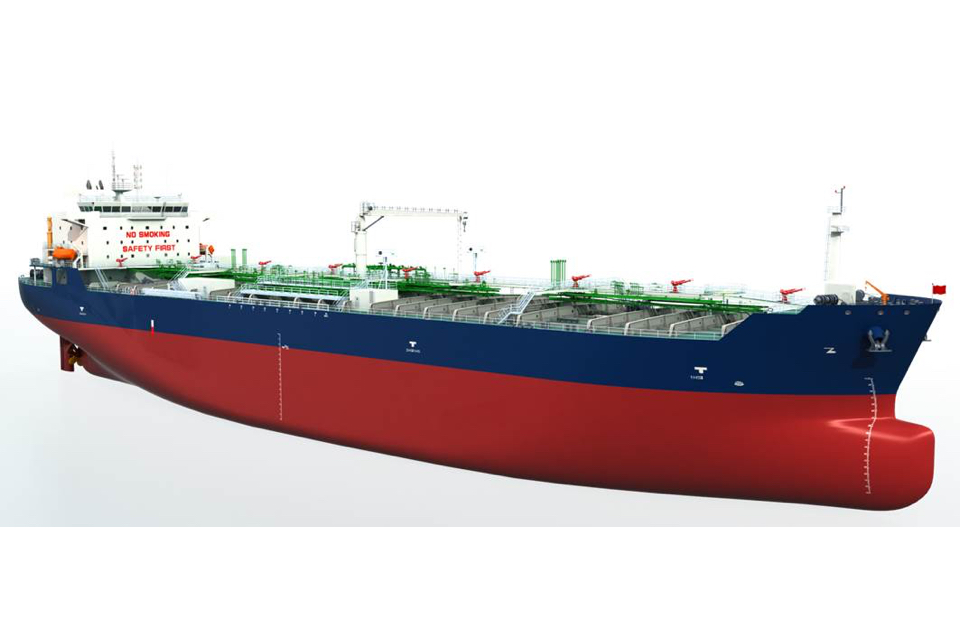A new project will investigate a tanker that can use both methanol and ammonia as a fuel. The Shanghai Merchant Ship Design & Research Institute (SDARI) will design the ship concept, while classification society RINA will verify the compliance with the applicable rules.
The selected ship type of the Joint Development Project Agreement is a tanker, which is the first to investigate using both methanol and ammonia in this type of vessel. However, the project will also increase understanding of the application of both fuels within the shipping industry with opportunities to apply designs to different types of ships. External support to the project will be provided by MAN Energy Solutions.
Ammonia and methanol have potential
‘Ship designs have come a long way in their efficiency, but to meet targets for reduced emissions we need to look to alternative fuels,’ says Giosuè Vezzuto, Executive Vice President Marine at RINA. ‘A ship specifically designed and optimised for using ammonia and methanol as fuels offers a future proof, environmentally sustainable solution. This is an important milestone within the RINA set of initiatives on innovation and energy transition towards the compliance with IMO 2030 and IMO 2050. We are pleased to join forces with SDARI and believe this project will benefit the whole shipping industry, releasing the potential of both ammonia and methanol.’
Also read: Waterfront Shipping: ‘Methanol as a marine fuel works’
Brian Østergaard Sørensen, Vice President and Head of R&D, Two-Stroke Business at MAN Energy Solutions Copenhagen, adds: ‘We encourage industry-wide partnerships for decarbonising the marine market and are very happy to collaborate with such respected institutions as RINA and SDARI. While two-stroke engine technology will likely retain its influence within deep-sea shipping for the foreseeable future, ammonia and methanol are fuels with a lot of potential as clean, zero-carbon fuels and with whom we have a lot of experience. We look forward to adding our expertise to the project.’
Also read: ‘Producing enough green ammonia for shipping requires a USD 4.5 trillion investment’








